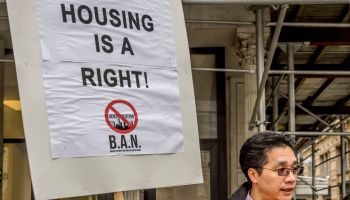TOM: Good morning!
MELLODY: Good morning, Tom.
Tom: We have a serious topic this morning – subprime lending is making a comeback.
Mellody: That’s right, Tom. In recent months we have seen subprime lending surge, and there have been some worrying signs that the practice that was responsible for the housing crisis is bleeding into other industries. We have talked about the practice on Money Monday in the past in reference to auto loans, but now we are seeing it emerge in personal loans and credit cards.
Tom: That’s not good news. First thing out of the gate – what comprises subprime and what does it usually mean for the borrower?
Mellody: Generally, subprime borrowers are those with a credit score below 650 on the scale that goes from 300 to 850. If you fall in this category because you have fair, poor or little credit history, you will have a much more challenging time getting approved for loans, and when you do, you will pay a much higher interest rate.
Tom: OK. So what is the scale of this new trend?
Mellody: It’s big, Tom. A data from credit firm Equifax shows that almost four of every 10 loans for autos, credit cards and personal borrowing in the U.S. went to subprime customers during 2014. That amounts to more than 50 million consumer loans and cards totaling more than $189 billion! This is by far the highest level of subprime lending we have seen since 2007, when subprime loans represented 41% of consumer lending outside of home mortgages.
And that is not just among traditional lenders. There are new alternative lending channels out there that are extending loans to individuals who fall into the subprime category. Many of these non-bank lenders catering to subprime borrowers argue they are simply occupying a niche left open as larger banks and traditional lenders have limited lending to higher risk individuals, decisions that have to some degree been driven by regulation.
But these companies can be very dangerous for borrowers. One company that offers unsecured personal loans in the U.S. to borrowers with average credit scores between 580 and 625, and charges fixed interest rates of 36% to 365%! Subprime auto loans also continue to boom, and car loans account for most of the increase in overall subprime lending in the last few years. Subprime car-loan originations totaled $129.5 billion during the first 11 months of 2014, or 68% of consumer subprime-loan volume, according to Equifax.
Money Mondays: Buyer Beware – Subprime Lending Is Back was originally published on blackamericaweb.com
















